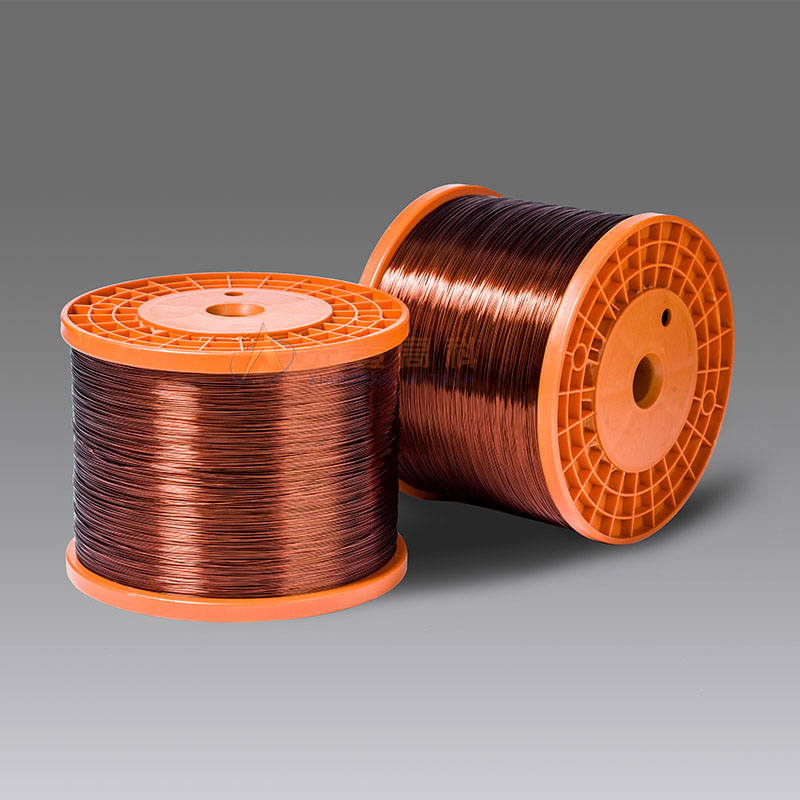

Copper magnet wire, an unsung hero of the electrical in […]
Copper magnet wire, an unsung hero of the electrical industry, has been silently powering our modern world for decades. This remarkable innovation, known for its exceptional conductivity and electromagnetic properties, plays a crucial role in numerous electrical devices, from motors and transformers to telecommunications equipment and electronic appliances.
Copper magnet wire, also referred to as enamelled wire, is a copper conductor coated with a thin layer of insulation. This insulation serves two key purposes: protecting the copper from corrosion and providing electrical insulation between conductive components. The wire's insulation is typically made of synthetic materials such as polyester, polyurethane, or polyamide, carefully applied in a controlled and precise manner.
What sets copper magnet wire apart from other conductive materials is its remarkable conductivity. Copper, being one of the most conductive metals available, allows electrical current to flow with minimal resistance, thus maximizing energy efficiency in various applications. Its superior conductivity properties enable the creation of smaller and more compact electrical devices that deliver optimum performance.
The electromagnetic properties of copper magnet wire are equally noteworthy. When a current passes through a coil or winding made of this wire, it generates a magnetic field, making it an essential component in motors, generators, and transformers. This magnetic field enables the conversion of electrical energy into mechanical energy or vice versa, enabling the efficient operation of countless devices we rely on daily.
Moreover, copper magnet wire exhibits excellent thermal stability. This characteristic ensures that the wire can withstand high temperatures without losing its conductivity or compromising the insulation integrity. This resilience is vital in applications where electrical components are subjected to elevated temperatures, such as in industrial machinery or automotive systems.
The versatility of copper magnet wire extends to its adaptability in different manufacturing processes. It can be easily formed into various shapes, including coils, windings, or intricate designs, to suit specific device requirements. This flexibility allows engineers and designers to create custom-made electrical components tailored to their unique applications, enabling advancements in various industries.
The demand for copper magnet wire continues to grow as technology advances and electrical systems become more sophisticated. Industries such as automotive, aerospace, telecommunications, and renewable energy heavily rely on this wire to power their cutting-edge innovations. As electric vehicles gain popularity and renewable energy sources become mainstream, the need for efficient electrical devices and systems will only intensify, further driving the demand for copper magnet wire.
To meet this demand, copper magnet wire manufacturers constantly strive to enhance the quality and performance of their products. Research and development efforts focus on refining the insulation materials, optimizing wire diameter, and exploring new manufacturing techniques to push the limits of what copper magnet wire can achieve.
In conclusion, while copper magnet wire may go unnoticed by the average consumer, its impact on our modern world cannot be overstated. From powering our cars to transmitting data across continents, this unassuming wire is an essential building block of our electrical infrastructure. Its exceptional conductivity, electromagnetic properties, and thermal stability make it an indispensable component in the devices and systems that drive our technological advancements forward.
